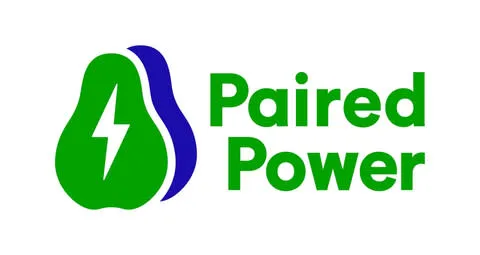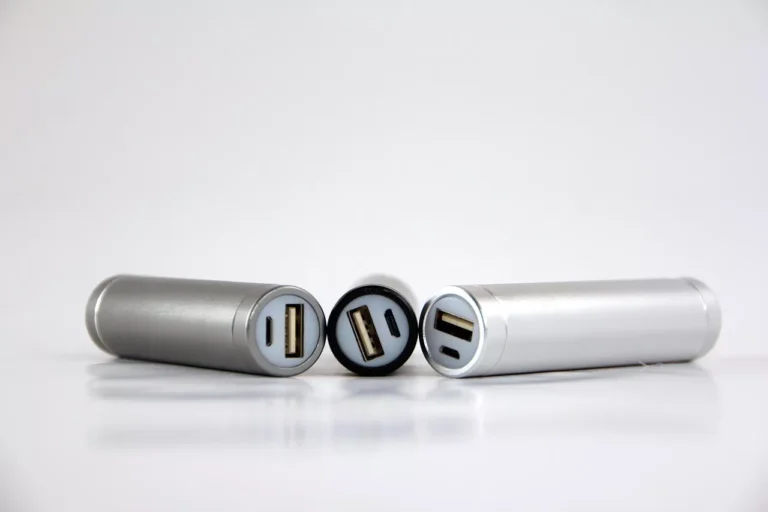
Paired Power Secures Patent for PairTree™ Solar-Integrated EV Charger System — Pioneering Faster, Safer, and More Accessible Solar Canopy Installations
Paired Power, a California-based leader in solar-powered electric vehicle (EV) charging systems, has announced a major milestone in its mission to accelerate clean transportation infrastructure. The company has been granted U.S. Patent No. 12,375,024 for its innovative PairTree™ solar canopy solution, officially titled “Solar canopy systems and methods.”
This newly issued patent represents a significant step forward in the deployment of sustainable EV charging solutions, particularly in locations where access to conventional grid power is limited, expensive, or unavailable. By protecting the company’s proprietary approach to solar canopy installation, the patent strengthens Paired Power’s competitive edge and reinforces its position as a technological innovator in the solar-powered EV charging market. It is also the fourth U.S. patent awarded to the company since its founding in 2016.
Transforming Solar Canopy Installation
The patented technology centers on a novel method of raising solar panels above a supporting foundation using an integrated lift mechanism. Traditional canopy installations typically involve complex, labor-intensive, and time-consuming processes, requiring workers to assemble panels at height, often with scaffolding, cranes, or mechanical lifts. These conventional approaches can create significant safety risks, prolong construction timelines, and increase project costs — all factors that slow the adoption of EV charging infrastructure.
In contrast, the PairTree™ system enables solar panels to be fully assembled and wired at ground level. Once the modules are connected, the entire structure is safely lifted into its final elevated position using the built-in lifting system. This ground-level assembly process greatly enhances worker safety, reduces reliance on specialized equipment, and significantly shortens installation timelines.
According to Paired Power, this innovative installation method can reduce the process from several weeks to just a few hours in many cases, enabling same-day commissioning of functional solar-powered EV chargers. The result is faster access to charging infrastructure for drivers and lower deployment costs for site operators.
A Game-Changer for Off-Grid and Utility-Constrained Locations
PairTree™ was specifically designed to address one of the major challenges in EV infrastructure expansion: bringing reliable charging to locations where grid power is limited, expensive to extend, or entirely unavailable.
Unlike most conventional EV chargers, which require trenching, electrical conduit installation, and sometimes costly grid upgrades, the PairTree system operates as a self-powered microgrid. It combines solar photovoltaic generation with on-board energy storage, allowing it to produce and store its own clean electricity. This capability not only eliminates dependence on local utilities during operation but also allows the charger to be installed without extensive permitting or construction work.
For remote areas, event venues, rural communities, or even temporary installations, the PairTree platform can provide reliable charging in places where traditional infrastructure would be impractical. Moreover, for grid-connected sites facing high demand charges — extra fees utilities impose during peak consumption periods — PairTree’s ability to store energy and supply it when needed can help reduce operating costs dramatically.

CEO’s Vision: Sustainable Energy Everywhere
“Securing this patent for PairTree is a monumental achievement for Paired Power,” said Tom McCalmont, CEO of Paired Power. “It embodies our commitment to making sustainable energy solutions more accessible, efficient, and deployable for everyone, everywhere. The ability to rapidly install solar canopies with minimal effort will accelerate the adoption of electric vehicles by providing charging options in previously underserved locations.”
McCalmont emphasized that the patent is more than a recognition of engineering ingenuity — it’s a foundation for large-scale deployment of a cleaner transportation ecosystem. By removing the logistical and financial barriers to EV charging installation, Paired Power is enabling communities, businesses, and government agencies to support EV drivers without waiting years for infrastructure projects to be completed.
Fast Deployment, Minimal Disruption
One of the defining advantages of the PairTree system is its speed of deployment. Traditional solar canopy projects may require site preparation, trenching for power lines, heavy machinery operation, and coordination with utility companies for grid connections. These steps can stretch project timelines into months and lead to costly disruptions in parking areas or public spaces.
In contrast, PairTree arrives largely pre-assembled and can be installed with minimal groundwork. The modular design allows multiple units to be deployed in a short timeframe, scaling charging capacity as demand grows. Because the system can be placed in existing parking spaces without eliminating them permanently, it is an attractive solution for locations where parking availability is a concern.
Furthermore, since the solar canopy produces its own electricity and stores it on-site, the charging station can operate immediately after installation, without waiting for utility interconnection or inspections related to grid-tied infrastructure.
Technology Designed for Flexibility
Paired Power’s approach to solar-powered EV charging recognizes that no two sites are identical. The PairTree system is modular and customizable, allowing it to adapt to different use cases, climates, and power requirements.
Possible applications include:
- Retail parking lots looking to offer customers convenient EV charging.
- Corporate campuses aiming to provide clean charging options for employees.
- Public transportation hubs where fleet vehicles can be charged without straining local power grids.
- Outdoor event venues such as festivals or sports arenas that need temporary but reliable charging capacity.
- Rural communities with limited access to electric infrastructure.
The built-in energy storage system also allows for load management and backup power during outages, enhancing resilience for critical operations.
Addressing the Growing EV Charging Demand
The need for faster, more accessible EV charging solutions is becoming urgent. With global EV sales projected to continue their rapid growth — reaching an estimated 40 million annual sales worldwide by 2030 — charging infrastructure must keep pace. Many experts warn that the pace of infrastructure deployment currently lags behind vehicle adoption rates, especially outside major metropolitan areas.
Paired Power’s patented installation method directly tackles two of the biggest bottlenecks in EV charging deployment: installation speed and grid availability. By removing the need for extensive construction and utility coordination, projects that once required months of planning and permitting can now be completed in days or even hours.
Environmental and Economic Benefits
From an environmental perspective, the PairTree system not only powers EVs with renewable energy but also reduces the carbon footprint of infrastructure deployment. Shorter installation times mean less machinery use, less site disturbance, and lower embodied emissions in the construction phase.
From an economic standpoint, site owners can avoid or reduce capital expenditures on electrical infrastructure upgrades, while also potentially benefiting from renewable energy tax credits and incentives. In many regions, on-site renewable generation can also qualify for clean energy grants or carbon reduction funding.










